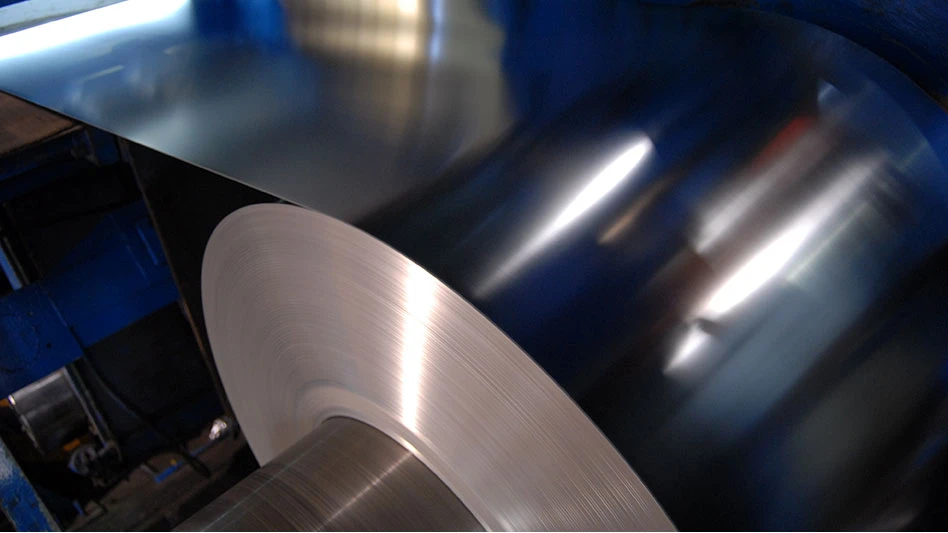|
|
As recycling has gained market share in major basic materials markets it has steadily found itself viewed as a source of competition by the mining, timber harvesting and primary plastics sectors. Operators of landfills and incinerators also have seen threats to their business models. As metals prices have dropped, at least one recycler I spoke to passed along his theory that mining companies and primary metals producers are masterminding the low prices as a way to make scrap recycling unprofitable. In the United States, lower commodity pricing has brought about the return of a recycling critic. In a late 2015 article, New York Times contributor John Tierney, who authored a piece called “Recycling is Garbage” in 1996, has re-emerged with “The Reign of Recycling,” which extols the virtues of “affordable” landfilling and levels several criticisms at recycling. Rebuttals to Tierney’s article have taken many forms, but one of my personal favorites came from the Closed Loop Fund via a blog entry that takes a virtual red pen to Tierney’s claims and statements. (That critique, which includes the original Tierney article, can be found at https://medium.com/@robbyk/fact-check-reign-of-recycling-111b64c097f6.) Perhaps most gratifying for the editor of a publication that covers the business of recycling more so than its advocacy, the Closed Loop Fund is not an under-funded manifesto-chartered activist group, but a $100 million fund whose investors include Walmart, Coca-Cola, Johnson & Johnson, Unilever, Colgate-Palmolive and 3M. While recyclers worry that mining companies and landfill operators are actively seeking to erode their profitability and opportunities, they may be heartened to know that executives on the other side of the issue see a contrasting image of the future. The www.mining.com website reported in October 2015 on a World Economic Forum and Boston Consulting study that examines the threats to the mining industry of increased metals recycling activity. Among the report’s conclusions: “For the mining and metal sector, the challenges are fundamental: These companies are extractors and users of finite mineral resources, and they face significant demands and expectations regarding sustainability from across the value chain and from various stakeholder groups.” In the steelmaking sector, the report offers a scenario where ferrous scrap will represent 70% of the global metallics feedstock by 2050, particularly as China taps into a larger automotive, appliance and demolition scrap stream. Companies that benefit when less recycling takes place will no doubt continue to fight for their own interests. Recyclers can take some comfort, however, that both societal trends and other large companies with deep pockets are favoring the use of secondary raw materials. |
Latest from Recycling Today
- AISI, Aluminum Association cite USMCA triangular trading concerns
- Nucor names new president
- DOE rare earths funding is open to recyclers
- Design for Recycling Resolution introduced
- PetStar PET recycling plant expands
- Iron Bull addresses scrap handling needs with custom hoppers
- REgroup, CP Group to build advanced MRF in Nova Scotia
- Oregon county expands options for hard-to-recycling items






